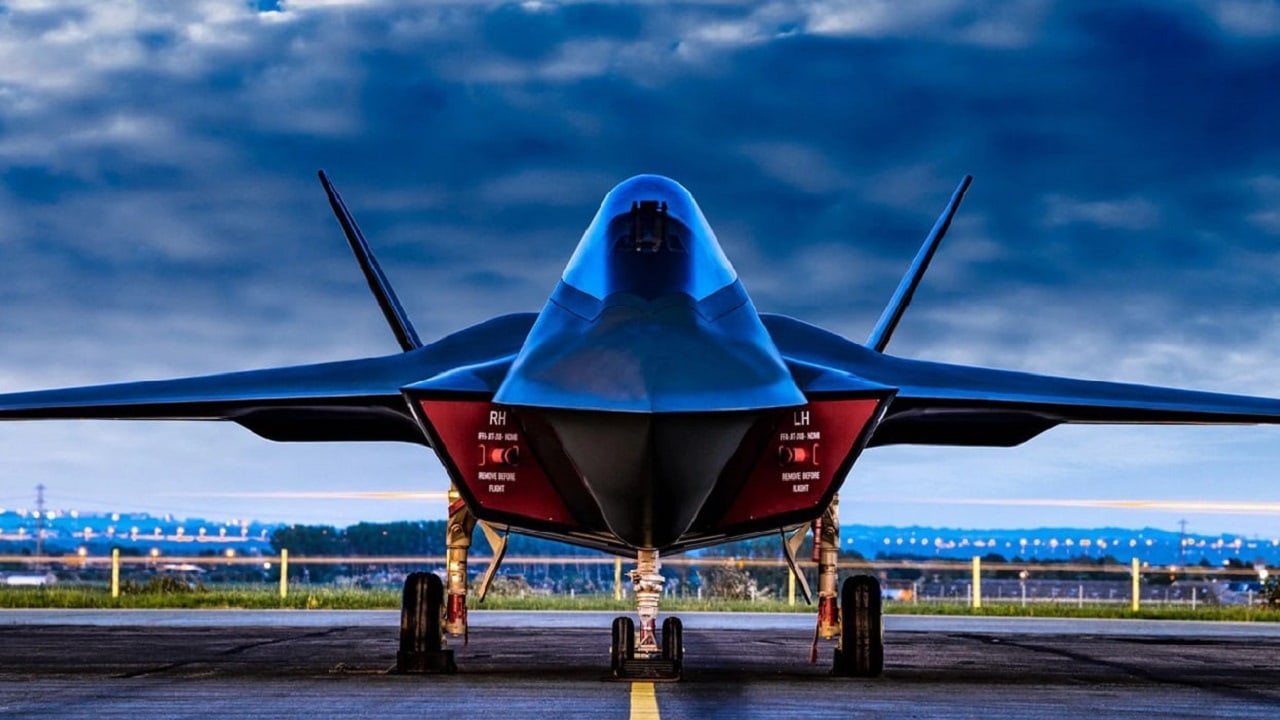Here Comes Tempest: In late 2022, the United Kingdom, Japan, and Italy released a joint statement revealing their plan to cooperate in the development of a sixth-generation fighter jet. ‘The joint plan, dubbed Global Combat Air Program, or GCAP, is expected to debut an airframe by 2035.
If the project goes as planned, the GCAP will become the largest Japanese-European collaboration ever undertaken in the realm of fighter aviation.
The BBC reported that the sixth-generation Tempest jet that emerges will eventually replace Britain’s fleet of older FGR4 Typhoon fighters.
Similar to the U.S. Air Force’s Next Generation Air Dominance program, the Tempest program aims to deliver a platform far more capable and lethal than the fifth-generation fighters in the skies today.
How the GCAP Originated
While the final decision to combine Italian, Japanese, and British efforts to design a sixth-generation airframe was finalized in 2022, the platform for a new jet was conceived years earlier.
The British Ministry of Defense published its air strategy priorities in 2018, highlighting the study of Typhoon replacement programs as well as the possibility of foreign collaborations and cutting costs.
According to the UK’s Combat Air Strategy, it is necessary to field “an aircraft, manned or unmanned, whose prime function is to conduct air-to-air and/or air-to-surface combat operations in a hostile and/or contested environment, whilst having the ability to concurrently conduct surveillance, reconnaissance, electronic warfare and command and control tasks.”
By 2021, a deal was finalized for nearly $350 million between the UK, Japan, and Italy for development of the Tempest fighter.
India and Sweden might also join the collaborative effort. Although the UK’s BAE Systems is the primary contractor in the sixth-generation fighter, Leonardo UK, Rolls-Royce, and MBDA UK are also involved in development and production.
What We Know About the Tempest Platform
Virtual AI cockpit pilots are expected to fly the Tempest airframe with the assistance of a virtual co-pilot. The jet’s pilots would reportedly be able to customize every inch of the cockpit around them in a manner similar to the F-35 Lightning II’s virtual reality-like displays. Additionally, the new airframe would fly accompanied by a fleet of so-called wingman drones, similar to Russia’s plan for the Su-57 fighter jet.
These drones could give the Tempest fighters greater sensor reach and might even strike targets on behalf of the jet.
The Tempest is also expected to sport new radar technology, including a Multi-Function Radio Frequency System designed to collect and track significant amounts of data.
Not the Only Collaboration
While the collaborative effort to design and implement a cutting-edge fighter may seem unique, a similar next-generation fighter program is already in the works. Germany, Spain, and France are already working on their Future Combat Air System.
A test flight of a fighter prototype is expected to surface as soon as 2027.
If the Global Combat Air Program wants to produce the first formidable sixth-generation fighter in the skies, it needs to speed up the Tempest’s production timeline.
MORE: F-35 – The Best Fighter Jet Ever?
MORE: SR-72 – A Mach 6 Bomber?
MORE: Su-57 – Is Russia’s Stealth Fighter Doomed?
Author Expertise and Experience
Maya Carlin is a Senior Editor with 19FortyFive. She is also an analyst with the Center for Security Policy and a former Anna Sobol Levy Fellow at IDC Herzliya in Israel. She has by-lines in many publications, including The National Interest, Jerusalem Post, and Times of Israel.

